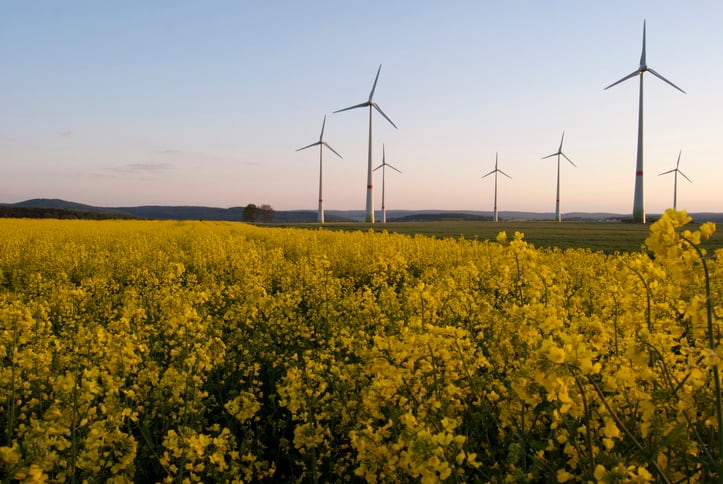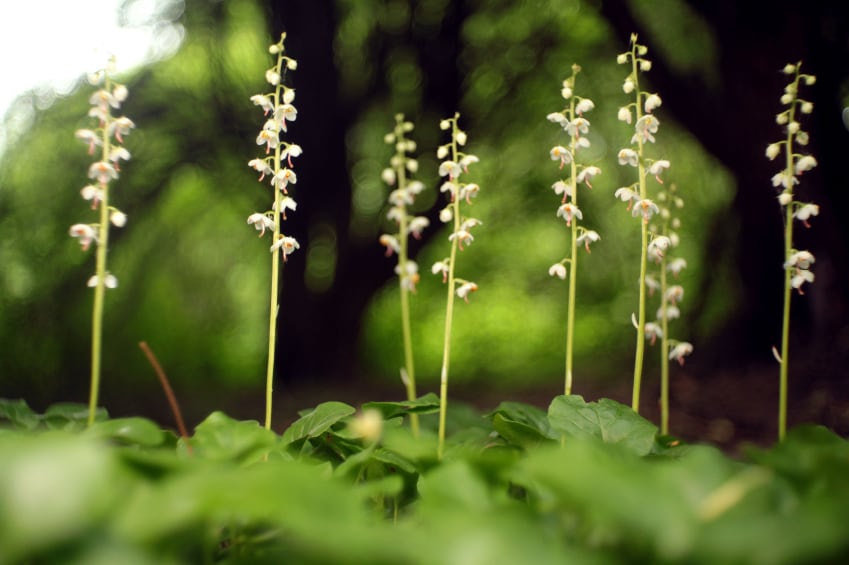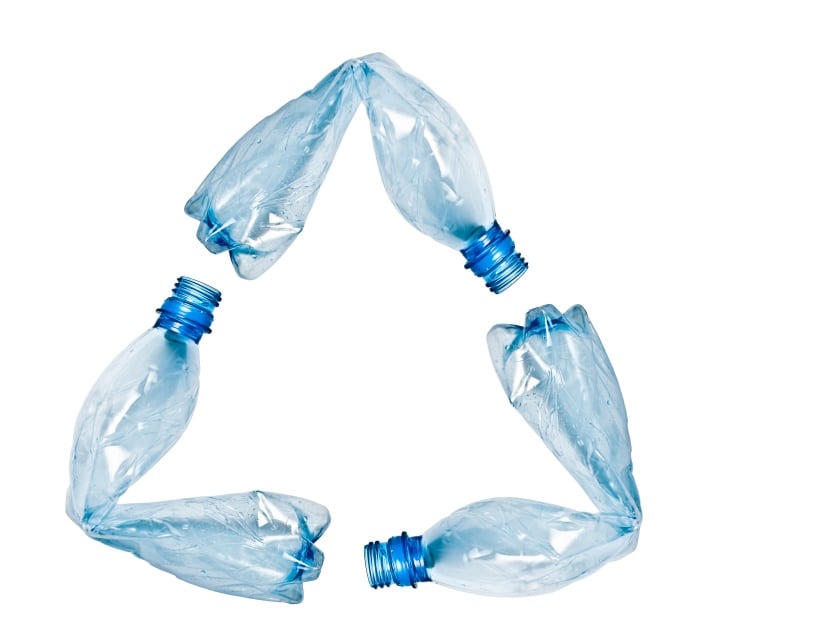Nestlé has developed a time-bound plan to tackle its carbon emissions, in line with the promise it made as a signatory of the UN ‘Business Ambition for 1.5°C' pledge.
This ‘very detailed roadmap’ that includes ‘concrete, measurable steps’ is a considerable achievement, chief executive Mark Schneider stressed yesterday, noting that the company has delivered the plan a year ahead of the two-year timeframe set out by the commitment. “From the beginning we had the ambition to go faster,” he revealed. “We have no time to lose.”
The need for urgency is clear. The agri-food sector is in something of a unique position standing, as it does, at an unhappy intersection. On the one hand, food production is heavily exposed to the risks of climate change, including the impact of uncertain weather conditions such as drought or flood on food security. On the other, it is a significant contributor to the factors driving global heating.
Schneider said that Nestlé’s plan, which will kick off with an investment of CHF3.2bn over the next five years, is necessary to ‘future-proof’ the company. It is also a ‘moral obligation’, he continued. After 2025, more investment will be needed, he confirmed.
Supply chain challenge
According to a 2019 report from United Nations’ Intergovernmental Panel on Climate Chante (IPCC), the food industry accounts for a massive 37% of global greenhouse gas emissions. This calculation includes everything from land use through to packaging and transport – but agricultural production represents a large slice of this pie. IPCC says agroforestry produces 23% of total GHG emissions.
This situation represents something of a conundrum for food brands. Within their own operations to reduce emissions – while requiring considerable investment, effort and innovation – is nevertheless comparatively straight-forward.
For its part, Nestlé said it expects to complete the transition of its 800 sites in the 187 countries where it operates to 100% renewable electricity within the next five years. The company is switching its global fleet of vehicles to lower emission options and will reduce and offset business travel by 2022. It is also implementing water protection and regeneration measures and tackling food waste in its operations.
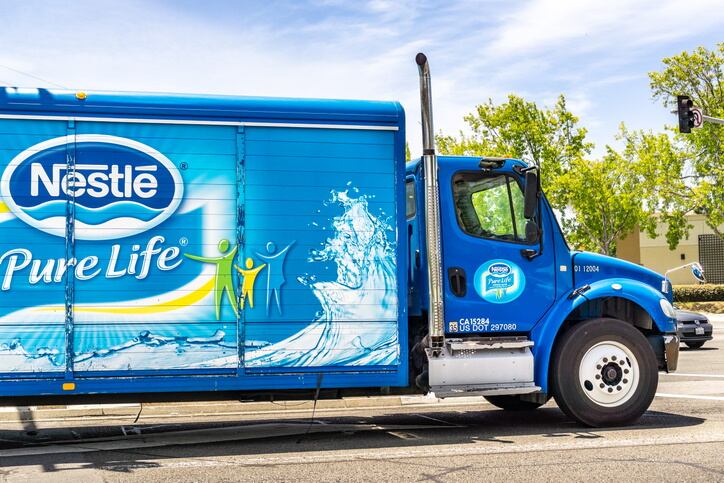
This, head of operations Magdi Batato said, builds on years of work. “We started this journey more than a decade ago. We have already made good progress in reducing our greenhouse gases.”
Data from the operations chief revealed that, since 2014, the reductions Nestlé has achieved are equivalent to taking 1.2m cars off the road. The company has successfully halved its GHG footprint per kilo of product and 66% of the plastic packaging it uses is recyclable or reusable.
But, like the food sector as a whole, the most significant hurdle – and also the biggest impact opportunity – facing Nestlé's journey to net zero lies in the supply chain.
In 2018, Nestlé emitted 92 million tonnes of greenhouse gas emissions. Of that, 72% occurred ‘upstream’, Batato revealed. “That is why we will focus on regenerative agriculture.”
The promise of regeneration
Regenerative agriculture incorporates practices like cover cropping, no till methods, crop rotation, mixed farming, and, increasingly, the use of smart technologies to improve efficiency.
In its grandest sense, regenerative agriculture can be used to take carbon out of the atmosphere and return it to the soil. Over a longer timeframe, this delivers results not only in terms of cutting CO2 but also improves soil health, productivity and biodiversity, with the potential to reduce reliance on chemical fertilisers.
Nestlé said it is already working with over 500 000 farmers and 150 000 suppliers to support them in implementing regenerative agricultural practices. Of its total climate smart investment, CHF1.2bn has been earmarked to ‘spark’ regenerative practices.
Nestlé is offering to ‘reward’ farmers by purchasing regenerative goods at a premium, buying bigger quantities and co-investing in necessary capital expenditures, the company said. By 2025, 20% of key agricultural ingredients will be regeneratively sourced and by 2030 this will rise to 50%, representing over 14m tons of its ingredients.
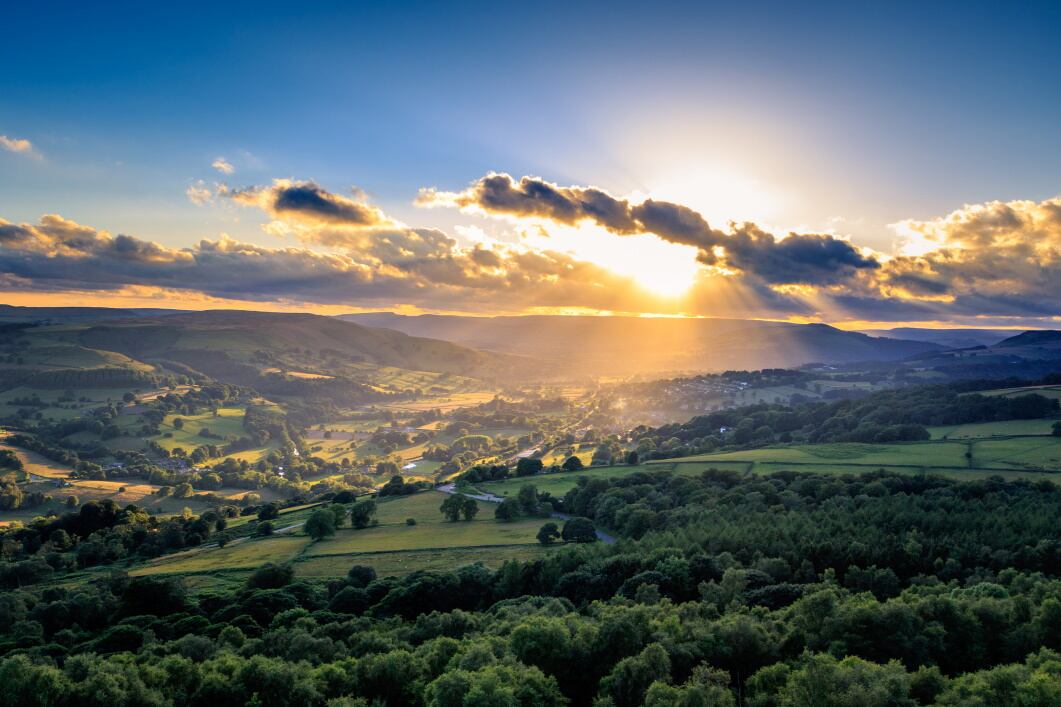
While the company didn’t provide specifics on the premium it is willing to pay, Batato said that the initiative will help create demand for regenerative agriculture that will help shift the overall market.
“With those CO2 neutral ingredients, or ingredients that come from regenerative practices, we want to create a market. We want to create a pull… Of course, it comes at a premium at the beginning. But technology is also evolving. With our size and scale, plus other partners coming to the party, we expect prices to go down with time. It is demand and supply.”
Carbon targets will be embedded in the company’s procurement teams, he confirmed. This will see incentive packages linked to targets on sustainability, bringing carbon footprint ‘top of mind’ in procurement.
Deforestation is also high up the agenda. Nestlé intends to scale up its reforestation program to plant 20 million trees every year for the next 10 years in the areas where it sources ingredients. Like the adoption of regenerative agricultural practices, tree planting will mean improved soil health, carbon sequestration, biodiversity and – ultimately – better productivity.
Nevertheless, the focus is on insetting, not offsetting, carbon.
The company's primary supply chains of key commodities, like palm oil and soy, will be deforestation-free by 2022. Currently, these supply chains stand at around 90% deforestation-free.
Portfolio adjustments for consumption shift
Reducing the carbon footprint of the food we eat isn’t just about changing how it is produced. It is also about changing what we eat.
Animal farming is one of the main sources of human-induced greenhouse gas emissions, accounting for 14.5% of the total according to the UN’s Food and Agriculture Organization.
Within its product portfolio, Nestlé is ‘continuously expanding’ its offering of plant-based food and beverages products.
“We are transforming our portfolio and leveraging the power of our brands,” global chief marketing officer Aude Gandon explained. “We will help shift the consumption habits of the 1bn people who buy our products every day.”
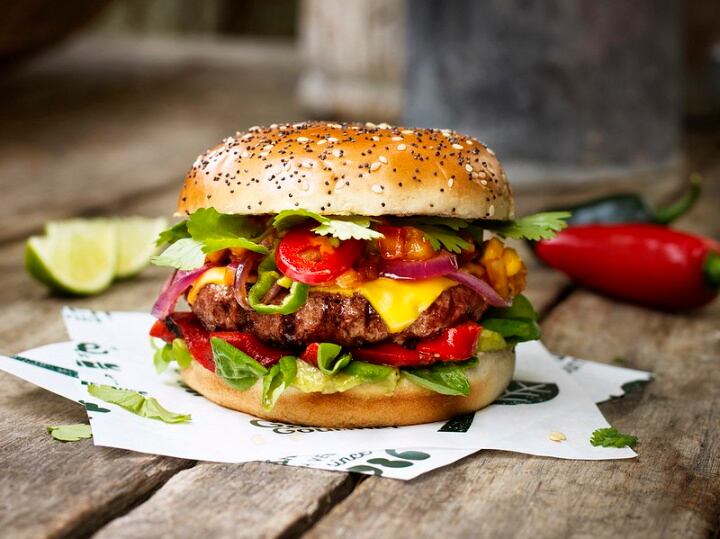
Supporting plant-based consumption is only part of the picture. Nestlé is also reformulating its existing products to make them more environmentally friendly.
The plant-based Garden Gourmet and Sweet Earth brands aim to be carbon neutral by 2022 and 2025 respectively. While supplement brand Garden of Life, coffee brand Nespresso and water brands S.Pellegrino, Perrier and Acqua Panna all plan to be CO2-neutral by 2022. The rest of Nestlé’s waters portfolio will be carbon neutral by 2025.
In this way, there is an overlap between Nestlé’s carbon ambition and its annual R&D spend, which stands at CHF1.5bn a year.
“The goal is the same and that is to stay relevant for the future. Think about two very simple planks: good for you – which is about good nutrition that is conducive to good health – and good for the planet – which is about products that have a sound environmental footprint. It is important that R&D from the design phase up has both of these objectives in mind," Schneider elaborated.
"That is why for example our sustainable packaging institute is part of the R&D organisation. So that right from the beginning sustainability aspects are taken into consideration. Then of course they work with… the operations group to ensure when it comes to sourcing and availability of ingredients that we can scale up these products once they hit the market.”
Like R&D, Nestlé management emphasised that its efforts on carbon are essential if the company is to remain relevant to the consumers of today and tomorrow. “The carbon neutral pledge is very important for consumers,” Schneider observed.
He suggested that consumers ‘are willing’ to pay a premium for sustainability products but downplayed any impact on affordability, particularly in developing countries.
“One of our key principles is that affordable nutrition, especially for those who need it the most, should stay affordable. There is nothing gained by making the perfect piece of [innovation] that is unaffordable to some of the poorest people in the world.
“We do see premiumisation and price increase opportunities at the premium end of the scale, but what was affordable will stay affordable.”

